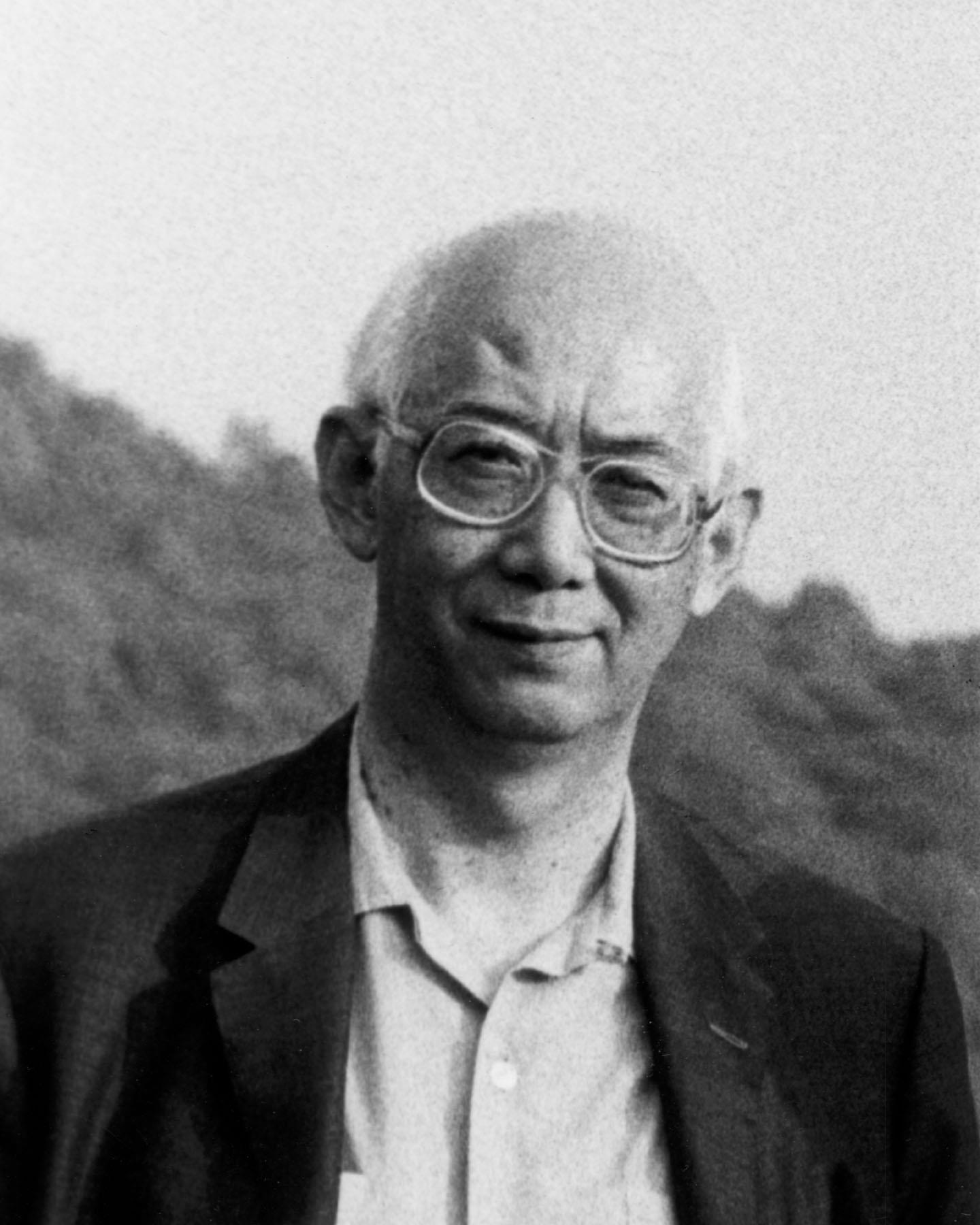About Joseph
Joseph Lo was born into a scholarly family in Tangshan, Hebei, China in 1922. He began the study and practice of the traditional Chinese arts of calligraphy, brush painting and seal engraving at the age of four. Following a classical childhood education at home with private tutors, he graduated from the National Teacher’s University of Beijing in 1947.
During the turbulent year of 1949, Joseph and his new wife, Rosa, relocated to Indonesia, Malaysia, and then Great Britain, where he taught linguistics at York University.
In 1982 he retired in London and began to refocus on his art. In 1992 he published an original text on historical Chinese art seals titled The Collection of MING and QING Seals in the Minqiu Studio. Later he moved to Wilmington, DE, USA. In both the UK and the US, he became instrumental in founding Chinese Brush Painters Societies, becoming tutor to many students of these traditional arts. In 1994 he submitted one painting and one calligraphy composition to the Grand Contest: Let Us Paint the Beauty of China held in Beijing. Both of these were selected as prizewinners from among a total of 30,000 pieces submitted by 15,000 artists.
Joseph’s work has been exhibited in Wilmington, Dover, Philadelphia, Orlando, Boston, and Washington, DC, USA; in cities in Indonesia, Malaysia, and Germany; and in London.
Joseph’s life encompassed a unique juxtaposition of classical training in China from a young age, subsequent diverse experiences as an adult in several cultures, and extraordinary talent. When Joseph Lo died following a brief illness in 1998, at the age of 76, his accomplishments were celebrated on three continents.
Chinese Brush Painting
Chinese calligraphy and brush paintings are produced using the same materials—brush, ink, paper and inkstone. These materials were perfected during the Han dynasty (1st century BC). Together they are known as the Four Treasures of the Study, and are held in very high esteem. A typical brush is made of animal hairs of varying lengths. Black rabbit, white goat, horse nape, wolf and yellow weasel hair were all very popular traditionally. Brushes all have much flexibility, allowing the calligraphic line to be very expressive and fluid. Traditionally, the ink used is made from lampblack, which is the sooty residue created by burning pine resin or oil. The soot is mixed with glue and pressed into molds, then dried. Later this substance is ground on an inkstone and mixed with water to varying thicknesses and densities. Joseph Lo painted with this traditional material, and also with Western watercolors, on a variety of papers, most often rice paper. Paintings have been mounted using traditional methods and hand mixed natural materials, rendering them acid-free and resistant to mold.
The Calligraphy on the Paintings
Many of Joseph Lo’s paintings are of a genre known in China as “Scholar’s” paintings. These comprise four elements, and the quality of each must be considered perfect by the artist before a work is signed: the painting, the calligraphy, the composed poem, and the carved seal.
Each painting displayed here was signed by Joseph Lo: his signature appears directly above the red seal. He carved more than 40 seals, mainly of stone: most of these are versions of his signature in different calligraphic styles.
Several paintings include a poem composed by Joseph for that piece. English translations are available upon request.
The Artist's Style
In addition to his formal training, experiencing daily life in both East and West and having keen insight into cultural traditions allowed Joseph to develop a unique perspective on the world of fine art. As a teacher, he strove to instill this appreciation into students of all nationalities. In one of his many public lectures, he said, “In my view…there should be no boundaries and barriers between Eastern and Western artists. On the contrary, we should encourage the exchange of experiences and techniques.” His own style matured to ultimately embrace influences ranging from the traditions of very ancient China to those of more contemporary Western artists. This diversity, represented in his choice of subject matter, also reflects the various roads traveled during his lifetime.
The Collection
The large body of work created by Joseph Lo was placed into the Paolin Trust In 2003.
Images on this website represent only a small portion of the Trust's collection. Some have been acquired by private collectors worldwide.
The British Museum, London, UK, in 2005 accepted a gift of 16 paintings into their permanent collection.
The Virginia Museum of Fine Arts, Richmond, VA, USA in 2011 accepted 45 paintings into their permanent collection.
Publications
In 1992 Joseph Lo published an original text on historical Chinese art seals titled The Collection of MING and QING Seals in the Minqiu Studio. Click here to download the book, or contact us to purchase a hard copy.
Click here to download a catalog of part of the collection, or contact us to purchase a hard copy.

